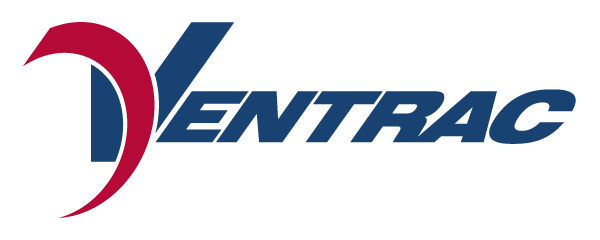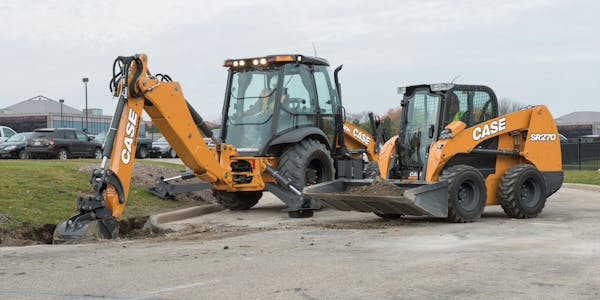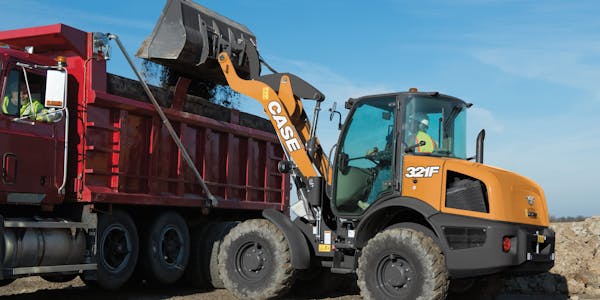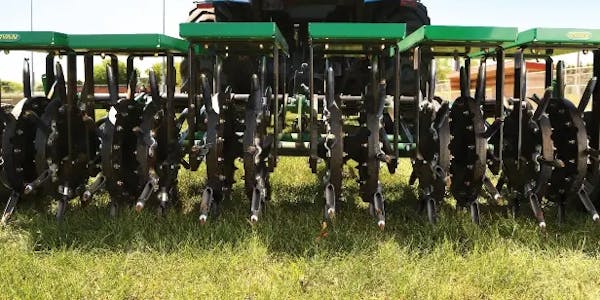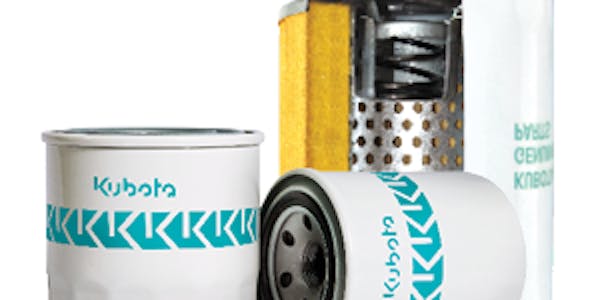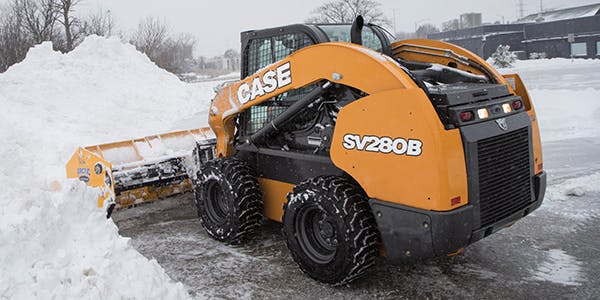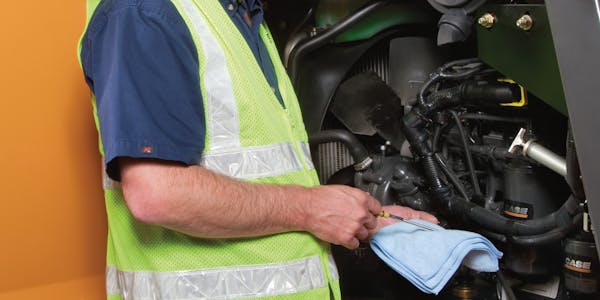Fleet Management Strategies
Heavy Equipment Fleet Management Strategies
The larger your grow your fleet, the more critical effective construction equipment management becomes. Properly servicing and maintaining your machines is crucial to ensuring a continued return on investment. A general rule of thumb is to replace equipment once its maintenance costs exceed 30% of the machine’s resale value. To help you keep your investment working productively for as long as possible, we’ve put together some important heavy equipment fleet management strategies that you can follow.
Stay ahead of downtime
We recommend enrolling your entire heavy equipment fleet into preventive maintenance contracts. It is essential to complete routine service at the intervals suggested by the manufacturer to optimize performance of your equipment and to document maintenance for warranty assurance. Proactive maintenance is a key part of construction equipment management, because it helps stabilize operational costs and lowers expenses by identifying small issues before they turn into big problems.
Always follow the 80-20 rule
It’s important to remember that about 80% of all maintenance costs are spent on 20% of machine problems. If you can recognize common or repeat issues and take preventive action to fix them, then you can eliminate the things that eat up your operating budget and are the main culprits behind costly downtime.
Implement equipment monitoring tools
Understanding how your machines are performing is a key part of construction equipment management. There are now innovative, advanced tools that accurately monitor equipment, collect data, and convert raw data into actionable information. Software is available to help fleet managers determine a machine's resale value, calculate ownership and operating costs, and estimate repairs, parts and labor expenses. If you need help understanding these tools, just ask!
Conduct routine fluid analysis
Regularly completing fluid analysis and comparing contaminant levels to normal wear rates helps identify potential issues with components before a major breakdown occurs. Analyzing fluids is one of the most important heavy equipment fleet management strategies we can share with you, because it gives you a picture of how your machine is working internally and will help you avoid unnecessary downtime and costly repairs.
Keep comprehensive records
Maintaining tight records of all the machines in your fleet will help you predict equipment productivity and operational costs, including working hours, fuel consumption, maintenance expenses, and more. Consistent, reliable information allows you to make the best decision possible when determining whether to replace or repair a machine. Keep a file for every piece of heavy equipment in your fleet and document all service and repairs.
Pay attention to equipment age
Generally speaking, the average total cost of owning and operating machines follows a parabolic slope. That means that total cost decreases during the early years of owning the equipment, as capital costs are spread over a longer period of time. However, operating costs increase during the same period, eventually causing an increase in average total cost. The point at which the sum of ownership costs and operating costs is at its minimum is the best age for operating your machines efficiently. One of the most crucial heavy equipment fleet management strategies is to stabilize the average age of all your machines near this point to minimize the total cost of ownership.
Should you rebuild or replace a machine?
Construction equipment management often involves deciding between rebuilding and replacing a machine. You can use this simple formula to calculate and compare the costs of each choice:
Cost to rebuild (new equipment price x .5)/equipment life (estimated hours x .75) = cost per hour
For example, a new piece of equipment that is $140,000 with an estimated life of 10,000 hours would cost $14 per hour to operate. To compare, calculate the cost to rebuild.
($140,000)(.5)/(10.000)(.75) = $9.33 per hour
If the cost to rebuild is $70,000 for an estimated equipment life of 7,500 hours, at $9.33 per hour, it is more cost effective to rebuild than to replace.
If you have any questions about heavy equipment fleet management strategies, contact our team today!




